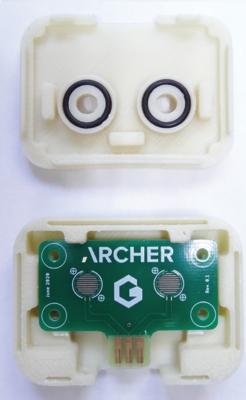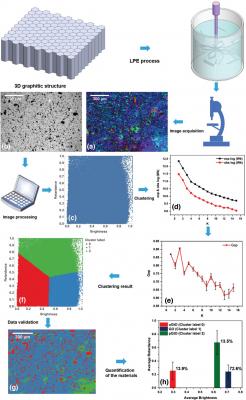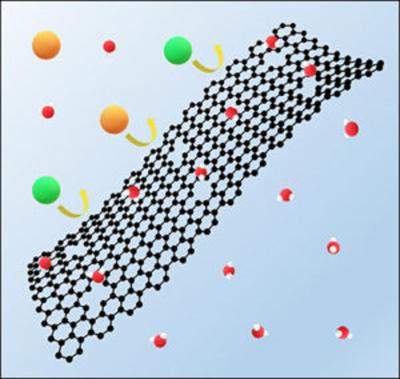Archer Materials announces proof-of-concept cartridge components for graphene biosensor device
Archer Materials has progressed its graphene-based biosensor technology development by successfully prototyping key device hardware using additive manufacturing (3D printing).
 Graphene-based biosensor devices 2D printed on a circuit board that has been incorporated into the custom-designed and 3D printed cartridge made from ABS. The cartridge is opened and the interior is shown.
Graphene-based biosensor devices 2D printed on a circuit board that has been incorporated into the custom-designed and 3D printed cartridge made from ABS. The cartridge is opened and the interior is shown.
The cartridges were reportedly printed using acrylonitrile butadiene styrene (ABS), a robust engineering plastic, in less than 2 hours and with low costs, with the cartridges weighing about 13 grams (similar to a AAA battery) and measuring a few centimetres in size (palm size).










